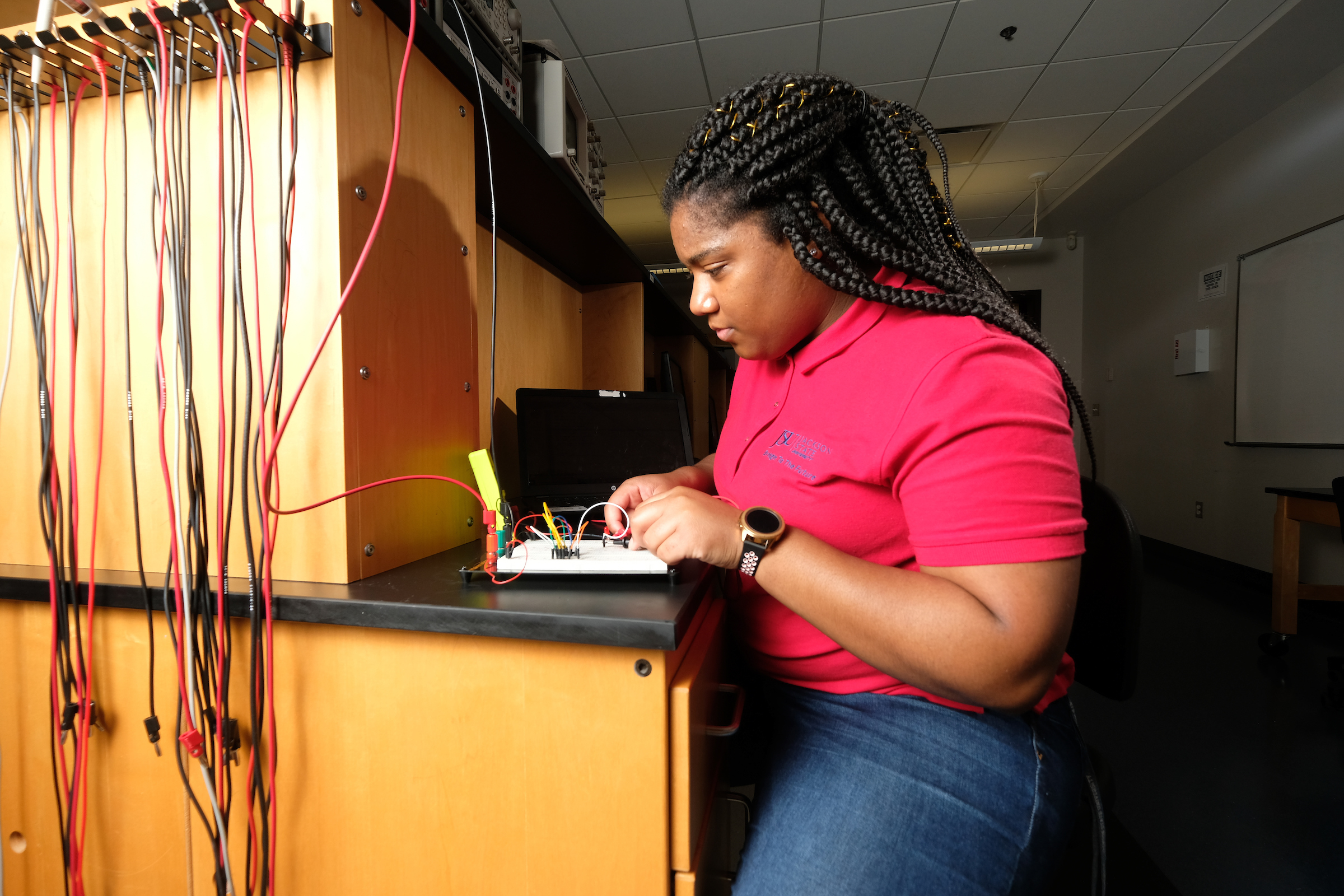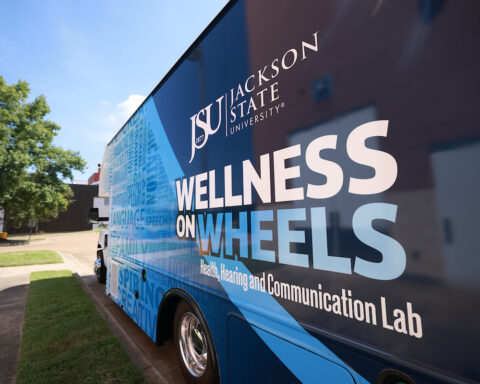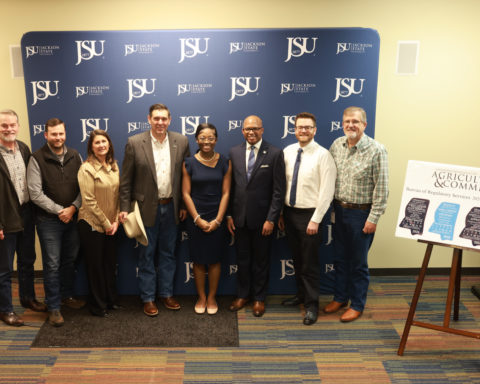By Kyle Kidd
Jackson State University’s (JSU) College of Engineering, Science and Technology (CSET) recently established a multi-year, three-pronged partnership with Woolpert, an international architecture, engineering and geospatial (AEG) firm. Being one of the first partnerships established between Woolpert and a historically black college and university (HBCU), this unique opportunity serves as a microstudy into the potential relationship between industry leaders, government entities, and universities.
“This is an example of how we continue building upon the tremendous growth we are experiencing in our academic programming,” said JSU President Thomas K. Hudson, J.D. “We are extremely grateful to Woolpert for this investment in our students, giving them the means to necessary skills that will help transform and protect our society. Our CSET leadership continues to enhance our brand as a premier research institution aiming for excellence.”
The multi-year investment is a by-product of the substantial infrastructure bill passed by the current Biden administration. The appropriations bill also encompassed federal funding to be allocated toward improving and expanding upon current numerical coastal inundation modeling systems developed to simulate storm surge, waves, tides and costal circulation and flooding problems impacting coastal communities. The models are primarily utilized to prepare, respond, and effectively recover from natural disasters as a community.
Working closely with the Army Corps of Engineers Engineer Research and Development Center (ERDC), Woolpert and JSU researchers are exploring ways to make these models cloud-based, open sourced and community based. With a large part of this field of engineering focusing on hydraulic modeling and upgrading systems that reflect current trends, accommodating newer technological advances such as machine learning and artificial intelligence are essential for the execution, timeliness, and quality of produced solutions.
“This is an exciting space to be in because it now allows our students to not only be equipped with new tools that reflect industry standards, but it also exposes them to the skill sets needed to become leaders within the field of engineering,” says Wilbur Walters, Jr. Ph.D., CSET dean.
As part of the investment, Woolpert, in collaboration with CSET and ERDC, will also offer students the opportunity to enroll in a specialized course – Advanced Topics in Water Resource Engineering. The course will give students a fundamental understanding of numerical models, cloud-based system architectures, model applications and place them in a prime position to create an immediate industry impact.
Woolpert Vice President and Program Director Richard Washington, Jr., said this partnership underscores an urgency to invest in workforce development. He emphasized that implementing industry knowledge at the ground level is imperative to solving long-term, legacy issues. Washington also said it is vital that historically underfunded communities have the access to scientific resources to fortify their communities in the event of a natural disaster.
“The ultimate idea behind the partnership is workforce development, which is a huge focus right now. With resources available through the this program, we intend to provide opportunities for communities to use this research and development to adapt to evolving climate issues and become more resilient,” said Washington. “We want to protect coastal communities as best as we can. By making this numerical model available via the cloud, communities will have access to the research and predictive models to better understand the impacts of hurricane surge and other seasonal weather events that affect them.”
For clarity, storm inundation numerical modeling describes the technical process of predicting storm surge and coastal flooding by modeling tides, waves and wind driven circulation. The model can be used to evaluate the design and performance of coastal structures to ensure they are resilient against future storms and may also be used to identify vulnerabilities that need increased resilience. It has been important modeling for ERDC and is used broadly by the US and international coastal communities.
“We want our partnership with Jackson State to go beyond this project. We want to be a part of the next chapter for Jackson State and embed this knowledge-sharing pathway into the fabric of the university,” said Washington. “We want to create a pipeline of trained, masterful JSU students who are ready to make strides that impact the industry from day one.”
Washington added that coastal resilience, or the ability to bounce back after hazardous events, is a growing need around the world, and this program is a great way to support that effort.
“The beautiful part about this partnership is that students can understand how the modeling works and actually aid in the reprogramming and application of the models. This in turn makes them experts for this work in their community or wherever life takes them,” said Washington.
Both Walters and Washington foresee the partnership as the launching pad for establishing a long-term relationship that accomplishes the goal of infusing current industry knowledge into the CSET curriculum.
“This allows Jackson State to become part of the future. With this funding, we can expand our capacity and improve the collegiate experience for undergraduate and graduate students,” said Walters. “We are beginning to raise a generation of students capable of influencing the future.”





